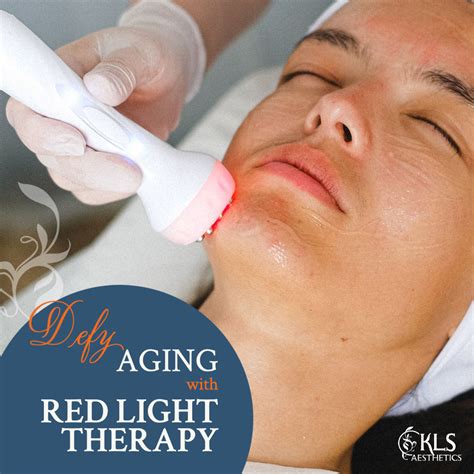Age-Defying Red Light Therapy: Finding the Right Frequency for Your Face
Red light therapy (RLT), also known as photobiomodulation, is gaining popularity as a non-invasive, at-home method to combat the visible signs of aging. But with various wavelengths and frequencies available, choosing the right red light therapy device for your face can feel overwhelming. This comprehensive guide will delve into the science behind RLT, explore the optimal frequencies for anti-aging, and help you navigate the market to find the perfect fit for your skincare routine.
What is Red Light Therapy and How Does it Work?
Red light therapy uses specific wavelengths of low-level red and near-infrared (NIR) light to penetrate the skin. These wavelengths stimulate cellular processes, triggering increased collagen and elastin production, reducing inflammation, and improving overall skin texture and tone. The energy from the light is absorbed by photoreceptors within the cells, triggering a cascade of beneficial effects, leading to a rejuvenated appearance. Unlike other light therapies, RLT doesn't damage the skin; instead, it promotes healing and cell regeneration.
Which Wavelengths are Best for Anti-Aging?
While both red and near-infrared light offer anti-aging benefits, they target slightly different aspects of skin health:
-
Red Light (630-700nm): This wavelength primarily targets the surface layers of the skin. It's highly effective at stimulating collagen and elastin production, improving skin texture, reducing wrinkles and fine lines, and minimizing the appearance of pores. It's also beneficial for reducing redness and inflammation.
-
Near-Infrared Light (810-850nm): This penetrates deeper into the skin, reaching the dermis and even subcutaneous tissues. NIR light is excellent for boosting circulation, reducing inflammation, improving wound healing, and stimulating fibroblast activity, further contributing to collagen production. It's particularly beneficial for addressing deeper wrinkles and improving overall skin firmness.
What is the ideal frequency for red light therapy?
The optimal frequency for red light therapy depends on individual needs and the specific device used. Generally, treatments are recommended 2-3 times per week for best results. Using the device daily may not necessarily yield faster results and could potentially lead to irritation for some individuals. It's crucial to follow the manufacturer’s instructions. Consistent use over several weeks or months will show noticeable improvements.
Choosing the Right Red Light Therapy Device for Your Face
The market offers a wide variety of RLT devices. Consider these factors when making your selection:
- Wavelengths: Choose a device offering both red and near-infrared light for comprehensive anti-aging benefits.
- Power Output: Higher power output generally translates to more effective treatment, but always prioritize safety and follow manufacturer instructions.
- Treatment Area: Ensure the device’s size and design are suitable for treating your face comfortably.
- Safety Features: Look for devices with automatic timers and safety shut-off mechanisms.
Does Red Light Therapy Work for All Skin Types?
Red light therapy is generally safe and effective for most skin types. However, individuals with certain medical conditions, such as photosensitivity or those currently undergoing certain medications, should consult their dermatologist before using RLT. Always perform a patch test on a small area of skin before applying it to your entire face.
How Long Does it Take to See Results from Red Light Therapy?
The timeframe for noticeable results varies depending on several factors, including individual skin type, age, the severity of aging concerns, and the consistency of treatment. While some individuals may see improvements within a few weeks, others may require several months of consistent use before observing significant changes. Patience and consistent application are key.
Are There Any Side Effects of Red Light Therapy?
Red light therapy is generally considered safe, with minimal side effects reported. Some individuals may experience temporary mild redness or warmth in the treated area, but these typically subside quickly. However, using a device improperly or exceeding recommended treatment times could potentially cause irritation or damage. It’s imperative to use the device correctly and follow all manufacturer instructions.
Can Red Light Therapy be combined with other treatments?
Red light therapy can often complement other skincare routines and treatments. Many individuals find it beneficial when used in conjunction with other anti-aging products such as serums and moisturizers. However, always consult with your dermatologist before combining RLT with other treatments, particularly those involving topical medications or other light-based therapies.
By understanding the science behind red light therapy and carefully choosing a device that suits your needs, you can effectively harness its power to achieve a youthful and radiant complexion. Remember to prioritize consistent use and follow the manufacturer’s instructions for optimal results.

